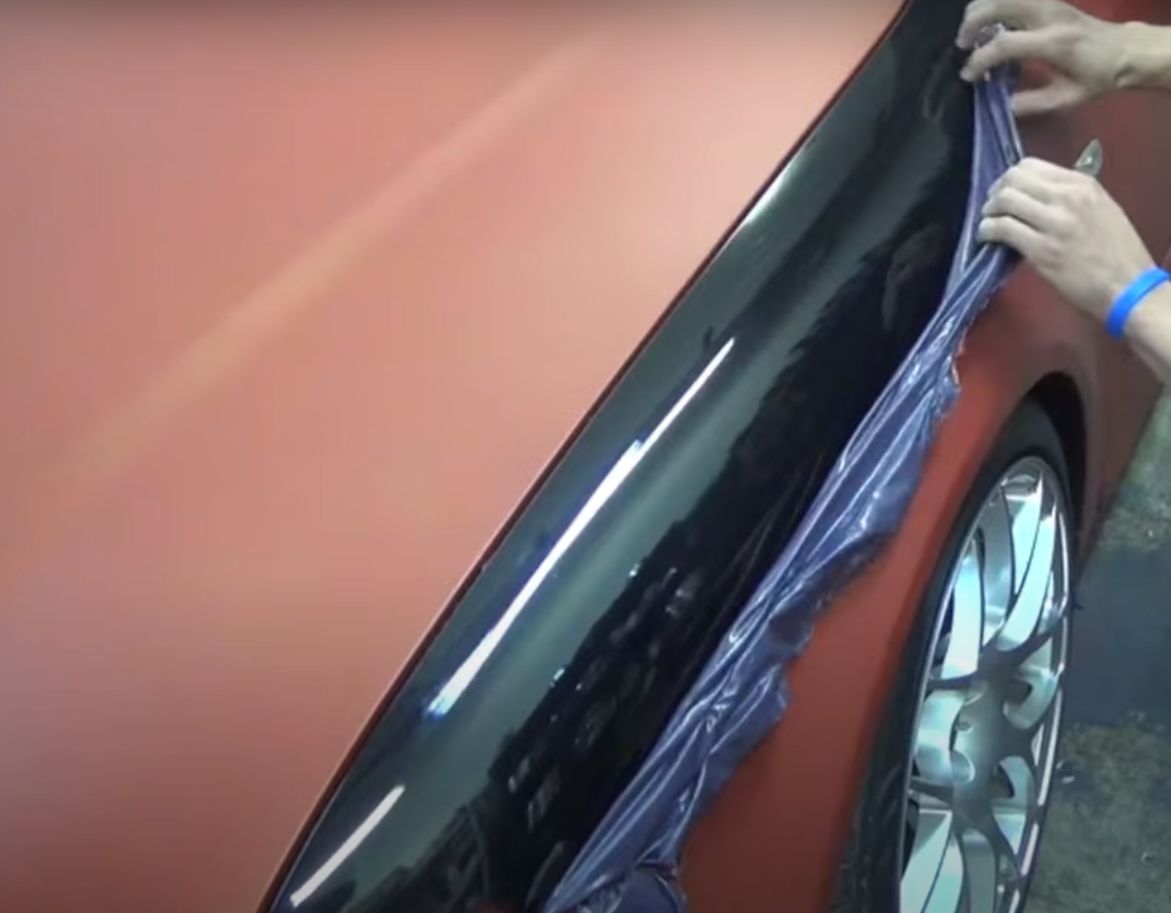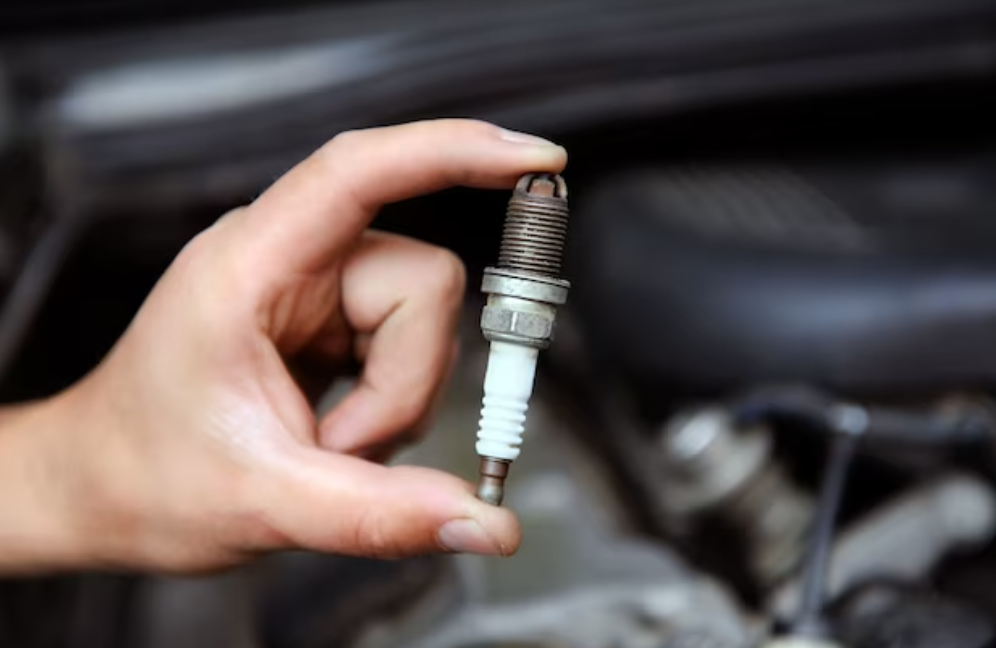How to Test a Spark Plug
Spark plugs play a critical role at the heart of every engine, yet they are often overlooked until problems arise. Taking the initiative to test your spark plugs can greatly enhance your engine's performance and fuel efficiency. This guide will walk you through a comprehensive, step-by-step approach to properly testing a spark plug, equipping you with the information to identify potential issues and ensure smooth operation of your engine.

The Importance of Spark Plugs
For an internal combustion engine to begin burning, the ignition system is essential. During the compression stroke, as the air-fuel mixture is compressed, a spark plug ignites at top dead center of the piston. A high-voltage pulse is directed towards the spark plug's core electrode by the spark produced by the ignition coil. The engine's crankshaft is turned and the piston is pushed downward when combustion is initiated when the spark ionizes the air-fuel mixture. Furthermore, to prevent possible injury, the spark plug is made to distribute the heat produced during combustion.

Tools and materials you'll need:
-
Spark plug socket and ratchet
-
Spark plug gap tool
-
Spark plug tester (optional)
-
Multimeter (optional)
-
Safety goggles
-
Gloves (optional)
Procedure:
1. Gather necessary tools and materials: Ensure you have all the required tools and safety equipment before beginning.
2. Ensure safety: Wear safety goggles for eye protection and, if desired, gloves for hand cleanliness.
3. Locate the spark plugs: Identify the spark plugs in your engine, typically connected to insulated wires on the cylinder head.
4. Remove the spark plug: To carefully extract the spark plug from the engine, use a ratchet and spark plug socket. Use caution so as not to harm the plug or other nearby components.
5. Inspect the spark plug: Inspect the spark plug for any signs of physical damage, including cracks, notable wear, or fouling. The presence of such issues could potentially signal a problem within the engine.
6. Measure the spark plug gap: Utilize a spark plug gap tool to assess the space between the center and ground electrode. Consult your vehicle's specifications for the appropriate gap, and modify the gap as needed using the tool.
7. Perform a visual inspection: Check the color of the electrode. A normal plug should have a tan or light brown color. If it's too dark (carbon deposits) or too light (overheating), it may suggest a problem.
8. Perform a spark test (optional): Employ a spark plug tester to examine for spark. Place the spark plug into the tester, connect it to the spark plug wire, initiate engine cranking, and watch for a robust and steady spark.
9. Use a multimeter (optional): If you possess a multimeter, gauge the resistance of the spark plug. Adjust the multimeter to the ohms setting, measure the resistance between the metal base and the center electrode of the plug, and then compare the obtained reading with the specifications provided in your handbook.
10. Replace or reinstall the spark plug: If the spark plug is damaged or fails any tests, replace it with a new one. If it passes all tests, reinstall the spark plug carefully.
11. Repeat for other spark plugs: If you have multiple spark plugs, repeat the process for each one.

-
Can I test spark plugs without removing them?
Some tests, such as a spark test using a spark plug tester, can be performed without removing the spark plug. However, certain tests, like measuring resistance with a multimeter, may require removal.
-
How do I interpret the color of the spark plug electrode?
A tan or light brown color on the electrode is normal, indicating proper combustion. Dark deposits may indicate carbon buildup, while a white or light-colored electrode may suggest overheating.
Read more review here: Exploring The Allure Of Van Life
















